Maine Maritime Academy
A COLLEGE OF ENGINEERING, MANAGEMENT, SCIENCE, AND TRANSPORTATION
Faculty / Staff
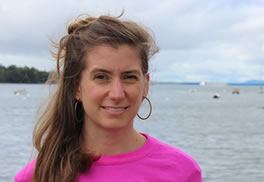
Carey Friedman
Title(s):
· Associate Professor
Phone: 207-326-2171Email: carey.friedman@mma.edu
Office: 104 Dirigo House
Office Hours: M 12-13:50 in library, F 13-13:50 in library, or by appointment
Bio
Carey Friedman is an Associate Professor of Marine Science in the Corning School of Ocean Studies. She was appointed to Maine Maritime Academy's faculty in 2015.
Carey's research interests focus on the transport and fate of toxic chemicals in the environment. She has worked on projects ranging from determining how dredging contaminated sediments affects the exposure of marine biota to contaminants, to developing a global chemical transport model to assess the long-range transport of toxic contaminants in the atmosphere. She is particularly interested in how harmful chemicals travel to, accumulate in, and impact the Arctic and its inhabitants.
Postdoctoral Associate/Fellow, MITPh.D., Oceanography, University of Rhode Island
M.S., Environmental Toxicology, Cornell University
B.S., Chemistry, Trinity College
Hello and welcome! I am an associate professor of marine science at MMA. I mostly classes related to chemistry in the Ocean Studies department and for the Engineering Department, but I have also taught a number of others. They include:
General Chemistry I (CH210)
General Chemistry II (CH220)
Engineering Chemistry (CH152)
Ocean Studies Senior Research (OS401)
Marine Pollution (OS220)
Introduction to Sustainability (EN202)
Design and Applied Statistics in the Sciences (OS203)
Chemical Oceanography (lab; OS212)
I am interested in how pollution enters into and travels through the environment, and where it ultimately ends up. My research involves using both computer models and environmental sampling to constrain our understanding of how pollutants behave in the environment.
As a native Mainer, I am really excited to be a part of science education taking place in Maine. Please take a moment to learn more about my professional interests from the pictures and links below. You are also welcome to contact me with questions about the Ocean Studies program or my research.
Radio show: KNOM Nome, Alaska
Me talking about pollutants in the Arctic
Publications:
Wagner, CC; Amos, HM; Thackray, CP; Zhang, Y; Lundgren, EW; Forget, G; Friedman, CL; Selin, NE; Lohmann, R; Sunderland, EM. 2019. A global 3-D ocean model for PCBs: Benchmark compounds for understanding the impacts of global change on neutral persistent organic pollutants. Global Biogeochem Cycles. 33, https://doi.org/10.1029/2019GB006018.
Bates, M; Bigot, M; Cropp, R; Engwirda, D.; Friedman, C; Hawker, D. 2016. On the formulation of environmental fugacity models and their numerical solutions. Environ. Toxicol. Chem., 35:2182-2191.
Friedman, CL; Selin, NE. 2016. PCBs in the Arctic atmosphere: determining important driving forces using a global atmospheric transport model. Atmos. Chem. Phys. 16:3433-3448.
Thackray, CM; Friedman, CL; Zhang, Y.; Selin, NE. 2015. Quantitative assesment of parametric uncertainty in Northern Hemisphere PAH concentrations. Environ. Sci. Technol., 49:9185-9193.
Friedman, CL; Pierce, JR; Selin, NE. 2014. Assessing the influence of secondary organic versus primary carbonaceous aerosols on long-range atmospheric polycyclic aromatic hydrocarbon transport. Environ. Sci. Technol., 48:3293-3302.
Friedman, CL; Zhang, Y; Selin, NE. 2014. Climate change and emissions impacts on atmospheric PAH transport to the Arctic. Environ. Sci. Technol., 48:429-437.
Friedman, CL; Lohmann, R. Comparing sediment geochemistry and passive sampler techniques to estimate benthic biota PCDD/F concentrations in Newark Bay, New Jersey (U.S.A.). Environ. Poll., 186:172-179.
Friedman, CL; Selin, NE. 2012. Long-range atmospheric transport of polycyclic aromatic hydrocarbons: A global 3-D model analysis including evaluation of Arctic sources. Environ. Sci. Technol. 46(17): 9501-9510.
Friedman, CL; Cantwell, MG; Lohmann, R. 2012. Passive sampling provides evidence for Newark Bay as a source of PCDD/Fs to the New York/New Jersey atmosphere. Environ. Toxicol. Chem. 31(2): 253-261.
Lambert, MK; Friedman, CL; Luey, P; Lohmann, R. 2011. The role of black carbon in the sorption of polychlorinated dibenzo-p-dioxins and dibenzofurans at the Diamond Alkali Superfund site, Newark Bay, NJ. Environ. Sci. Technol. 45(10): 4331-4338.
Perron, MM; Burgess, RM; Ho, KT; Pelletier, MC; Friedman, CL; Cantwell, MG; Shine, JP. 2011. Limitations of reverse polyethylene samplers (RePES) for evaluating toxicity of field contaminated sediments. Chemosphere. 83(3): 247-254.
Friedman, CL; Lohmann, R. Burgess, RM; Perron, MM; Cantwell, MG. 2011. Resuspension of polychlorinated biphenyl-contaminated field sediment: Release to the water column and determination of site-specific KDOC. Environ. Toxicol. Chem. 30(2): 377-384.
Friedman, CL; Burgess, RM; Cantwell, MG; Ho, KT; Lohmann, R. 2009. Comparing polychaete bioaccumulation and passive sampler uptake to assess the effects of sediment resuspension on PCB bioavailability. Environ. Sci. Technol. 43(8): 2865-2870.
Perron, MM; Burgess, RM; Ho, KT; Pelletier, MC; Friedman, CL; Cantwell, MG; Shine, JP. 2009. Development and evaluation of reverse polyethylene samplers for marine phase II whole-sediment toxicity identification evaluations. Environ. Toxicol. Chem. 28(4): 749-758.
Burgess, RM; Perron, MM; Friedman, CL; Suuberg, EM; Pennell, KG; Cantwell, MG; Pelletier, MC; Ho, KT; Serbst, JR; Ryba, SA. 2009. Evaluation of the effects of coal fly ash amendments on the toxicity of contaminated marine sediments. Environ. Toxicol. Chem. 28(1): 26-35.
Friedman, CL; Lemley, AT; Hay, AG. 2006. Degradation of chloroacetanilide herbicides by anodic Fenton treatment. J. Agric. Food Chem. 54(7): 2640-2651.
Recent Grants and Projects:
Maine Community Fund (2023-2024): Measuring PFAS in Maine coastal waters and phytoplankton
Maine Sea Grant (2017-2018): Collection of microplastic from Penobscot Bay and analysis for flame retardants
Maine EPSCoR SEANET (2017-2019): Water quality analysis of the Bagaduce River in support of determining favorable conditions for sustainable ecological aquaculture
NSF Major Research Instrumentation (2016-2017): Acquisition of a gas chromatograph-tandem mass spectrometer (GC-MS/MS) for chemical analysis on MMA’s campus
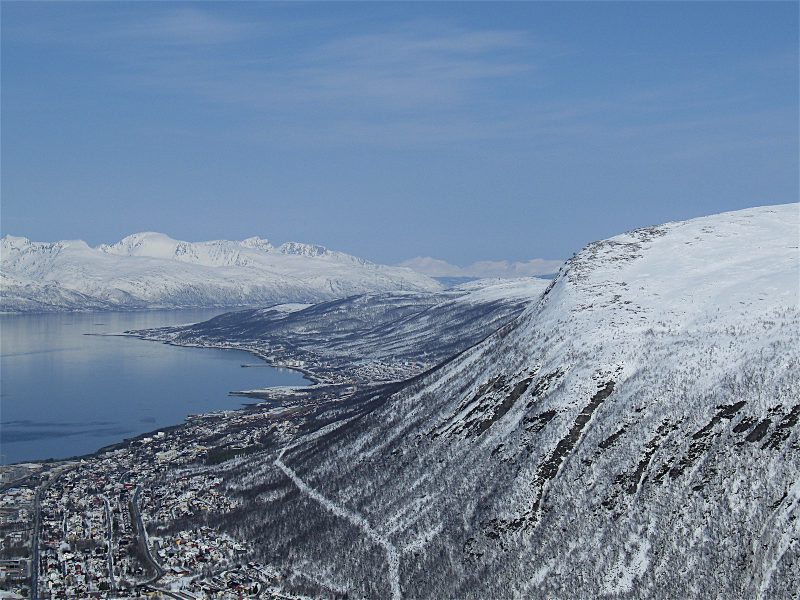
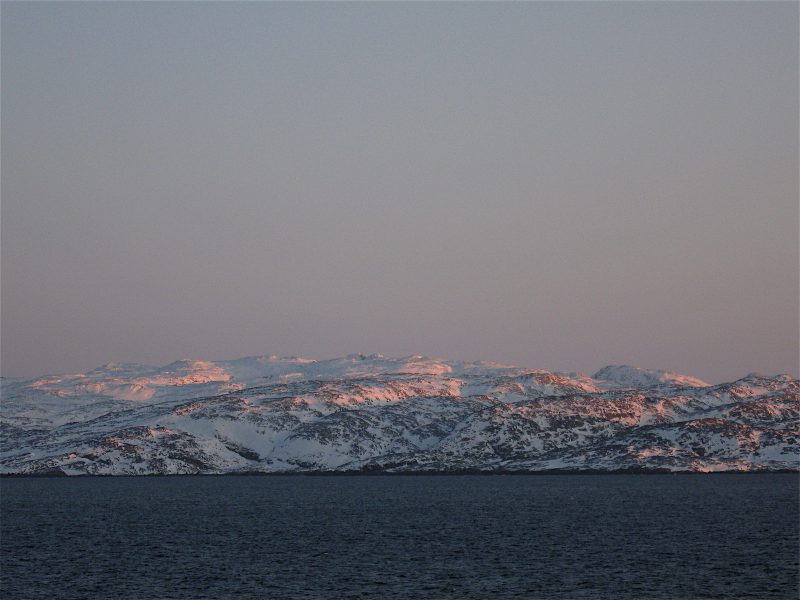

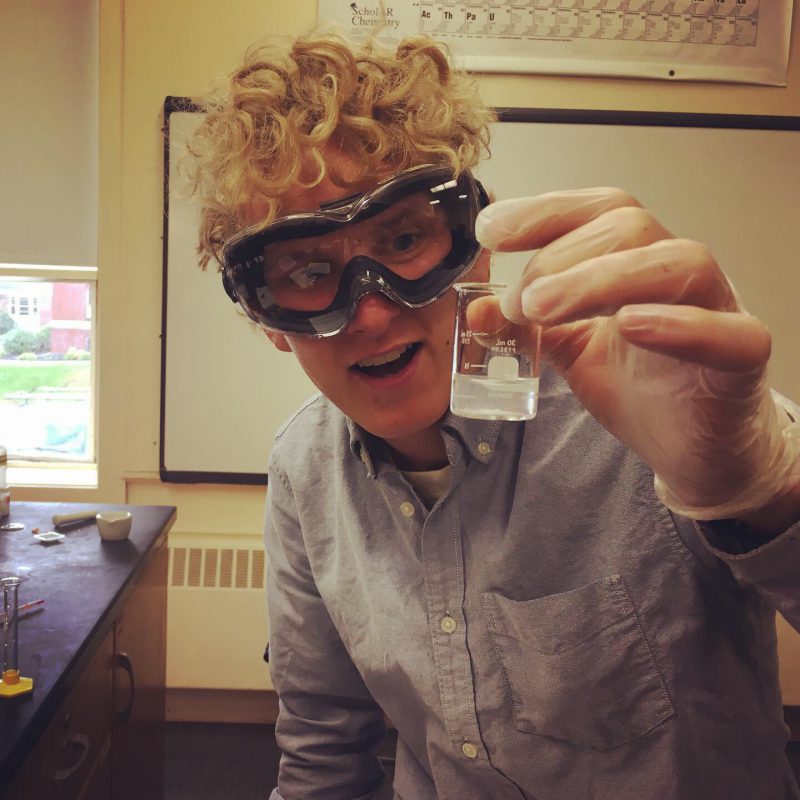

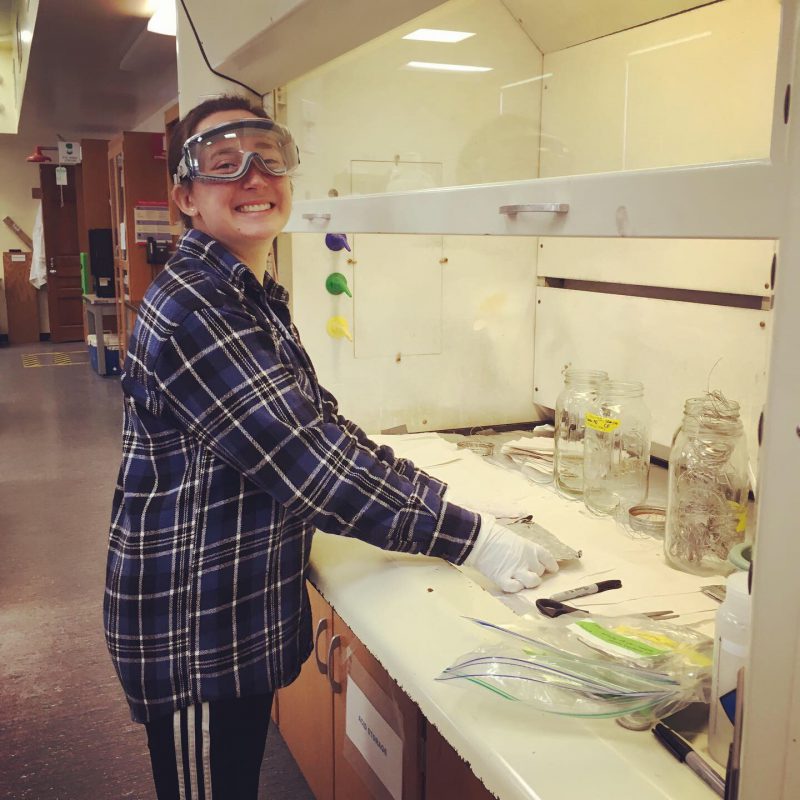

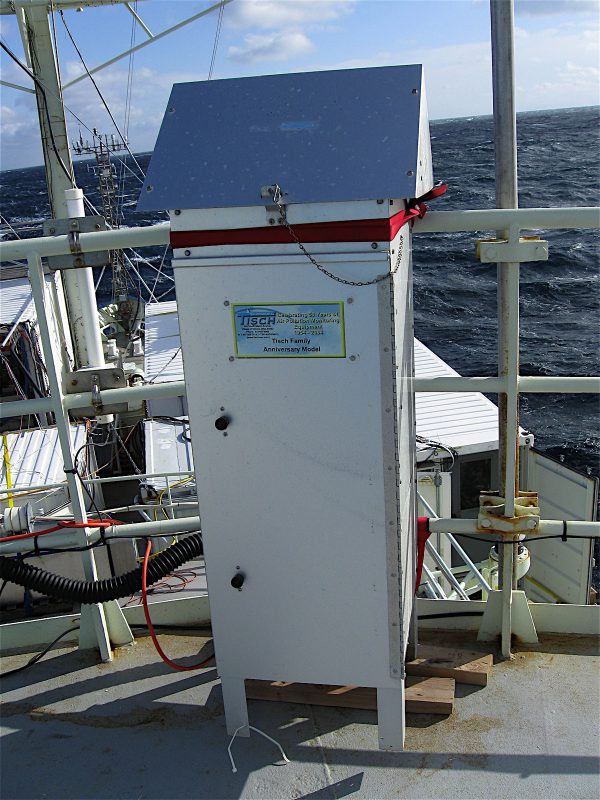
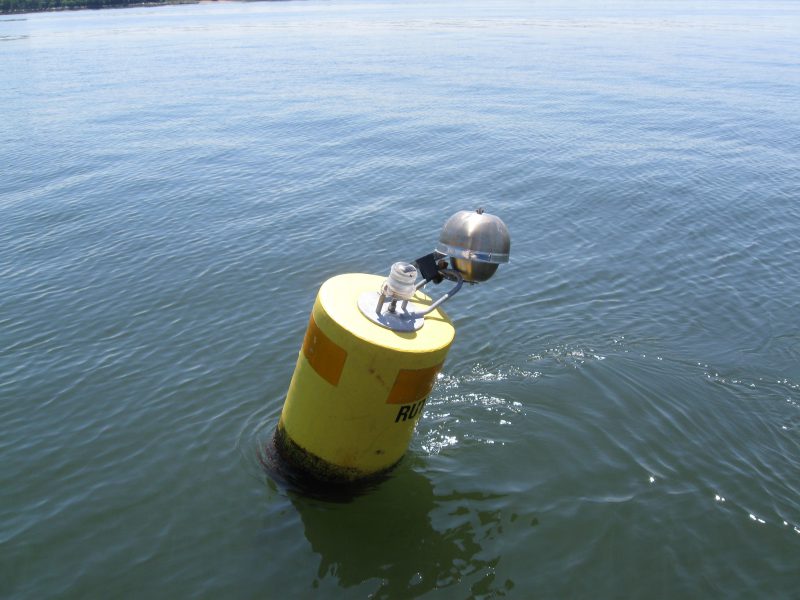







All Rights Reserved © 2026 • Web issue?
Non-Discrimination Notice • Privacy Policy & GDPR